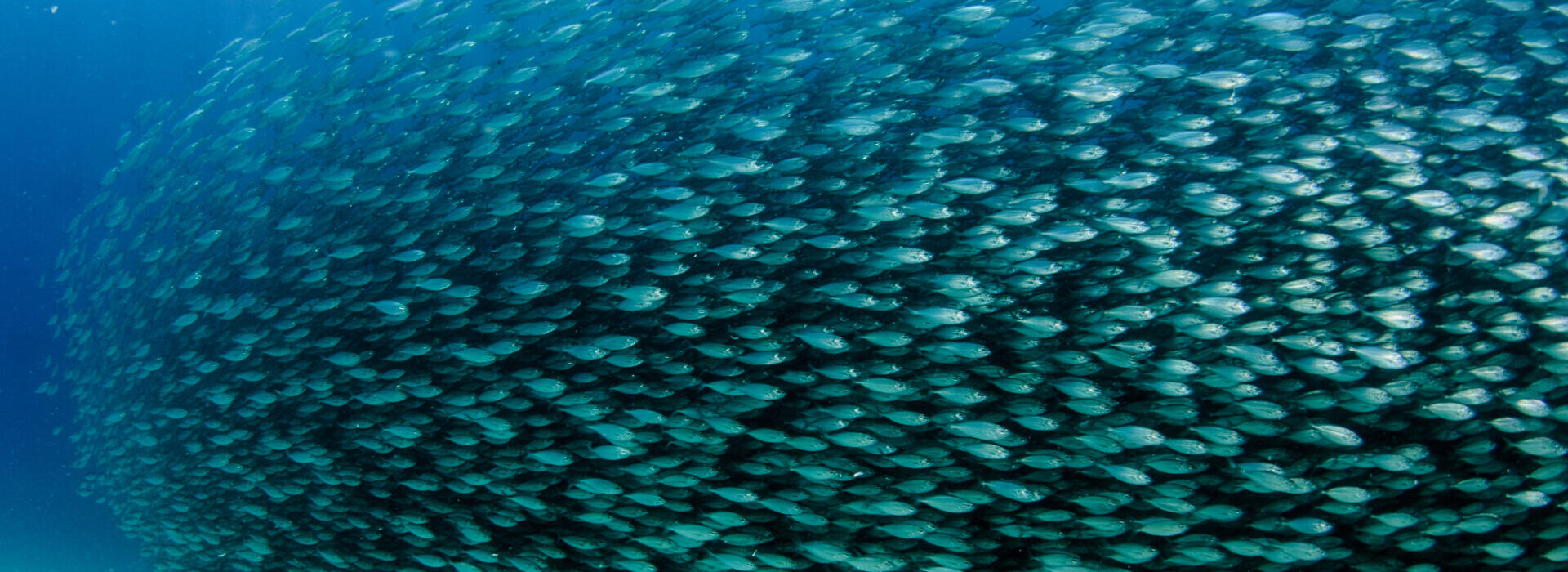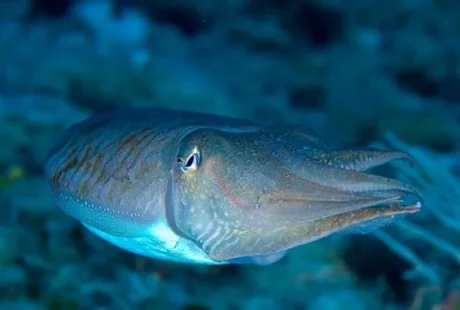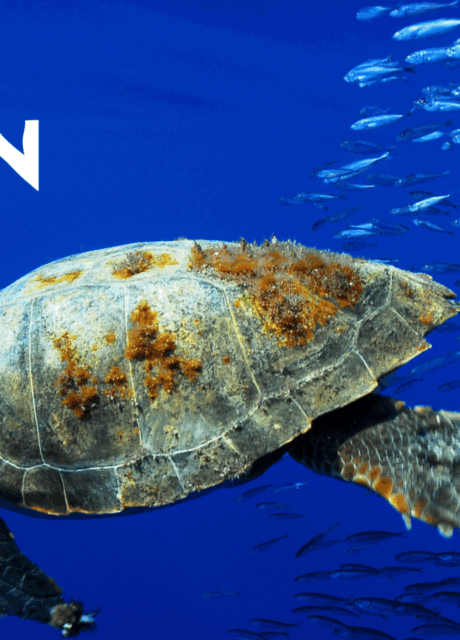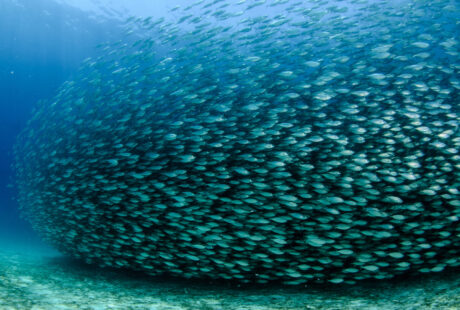Seas At Risk together with its member the Danish Society for Nature Conservation (Danmarks Naturfredningsforening) celebrate the Danish government’s decision to establish trawl-free areas in 19% of Danish marine waters. The decision introduces a large trawl-free area in the entire Belt Sea, including Isefjord and several important areas in the Kattegat around existing Natura 2000 areas, as well as a large sea area off Djursland.
Tatiana Nuño, Senior Marine Policy Officer at Seas At Risk said:
“We welcome this important step by Denmark. Bottom trawling is the most destructive fishing practice for seabed ecosystems, threatening marine biodiversity across Europe, depleting fish stocks, and harming low-impact fishers. It’s time to act with urgency and follow the example of countries like Denmark, which are taking bold steps to protect marine ecosystems by banning bottom trawling. The EU has the perfect opportunity in the shape of the new European Ocean Pact, which can pave the way for new binding protections for vulnerable EU seas and the life they harbour.”
Maria Reumert Gjerding, President of the Danish Society for Nature Conservation said:
“The new trawl-free areas represent a major win for nature and signal a shift toward a new era in marine conservation. However, this should be seen only as a first step. The government has unfortunately allowed bottom trawling to continue in several marine protected areas, where bottom trawling has no place. It is crucial to eliminate this destructive practice from all Danish seas, especially from oxygen-depleted fjords and ecologically sensitive habitats.”
The implementation of the trawl-free areas will now be subject to a lengthy EU approval process, during which Denmark’s neighbouring countries have to commonly agree before the ban is fully enforced.
ENDS
Posted on: 2 July 2025



